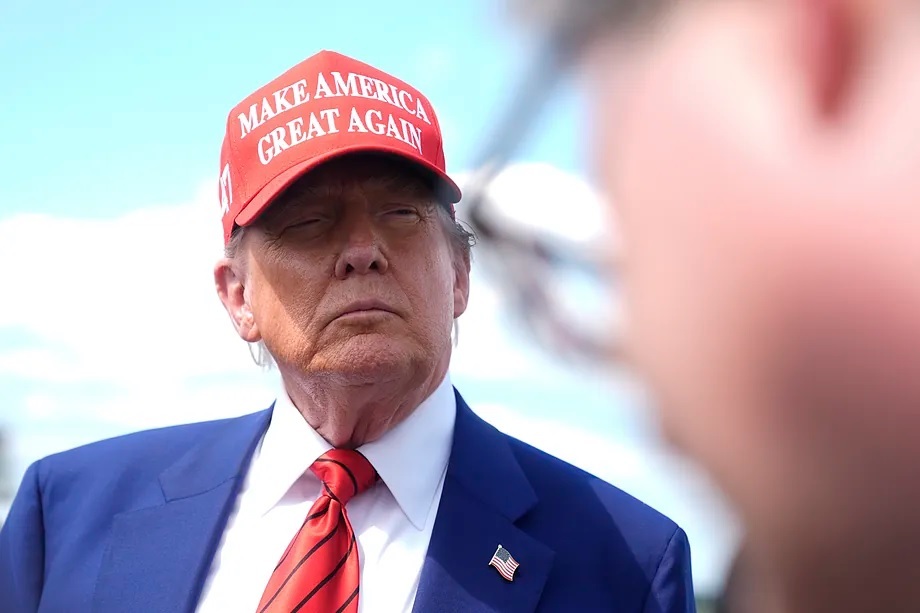"NATO is going to have to deal with Spain. Spain has been a very low payer. They were always a very low payer. They were either good negotiators or they weren't doing the right thing, Spain should pay the same as everyone else" With these words, U.S. President Donald Trump responded on Friday to the announcement by the Spanish government that they are strongly opposed to increasing Defense spending to 5%, as now demanded by the most important member of the Atlantic Alliance.
Trump stated this in response to journalists immediately upon landing at a base in New Jersey, where he is expected to spend the weekend playing golf. Without seeing any contradiction between demanding that all his allies increase military spending, something only truly possible by buying from the U.S., while considering that his country should not be subject to the same criteria. "They should do it. I don't think we should, but I think they should."
Just yesterday, White House spokesperson Karoline Leavitt had anticipated that she would inform the president of Spain's intentions, after learning during a press conference of President Pedro Sánchez's stance.
"I haven't seen Spain's comments. I will make sure the president sees them, and I assure you that he wants all European countries to pay their fair share and meet that 5% threshold. It's fair, considering that American taxpayers have contributed a considerable amount of money, billions of dollars, to support our mutual interests and our guaranteed defense. So I will let him speak on the matter, but he has made his priorities very clear for our European allies, including Spain," she said in her appearance.
Next week, all heads of government and their Foreign and Defense Ministers will meet in The Hague at the NATO summit, the first since Trump returned to power. The first time they crossed paths, in 2018 and just weeks after Sánchez took office following the vote of no confidence, Trump already criticized Spain in the meeting room, reproaching the low level of spending. It was 2018 and our country was almost at the bottom, only ahead of Luxembourg. Now, it is the last with 1.28%, far from the 2% of GDP commitment agreed upon in Wales in 2014. And light-years away from 5%, an unthinkable goal.
In 2024, the U.S. spent 3.38% of its GDP on Defense, behind Poland or Estonia. In Brussels, seven years ago, Trump already put forward the additional goal of 3%. That day, he criticized his allies, calling them "freeloaders." That pressure led almost all governments to accelerate. If back then only a handful reached 2% of GDP, a decade later all but eight do. Spain has recently committed to reaching 2% this year, advancing the previously set deadline for 2030.
The Summit will have to define that 5% target. Whether that only includes pure defense spending or a more hybrid formula, known as 3.5+1.5. The first part, pure Defense spending, plus an additional 1.5% of GDP dedicated to civil preparedness, in order to strengthen resilience alongside traditional military capabilities. A concept to be defined, open, that would allow each country to include very different expenses.
